Om Kashgai
The town of Shiraz and the Kashgai area Shiraz, Shiras The town of Shiraz is the capital of the Fars province. It is one of the most beautiful cities in Iran. My family and I have visited many times. On the way to the city, you drive along an avenue...Read more
Showing 1–30 of 39 results
-
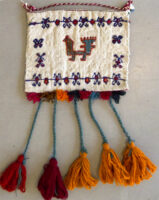
Kashgai Tæppe
tk20336cm x 29cmkr. 950,- -
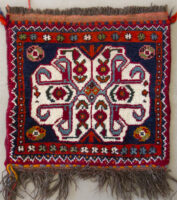
Kashgai Tæppe
tk6335cm x 31cmkr. 1.150,- -

Kashgai tæppe
tt23043cm x 51cmkr. 1.600,- -
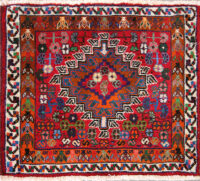
Kashgai tæppe
tt23857cm x 49cmkr. 1.800,- -

Kashgai tæppe
tt23152cm x 58cmkr. 1.800,- -
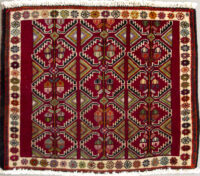
Kashgai Tæppe
tt23562cm x 53cmkr. 1.950,- -
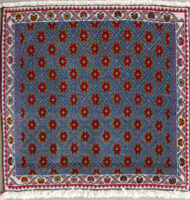
Kashgai Tæppe
tt23658cm x 60cmkr. 2.400,- -
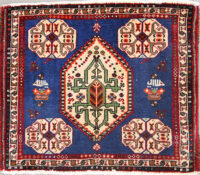
Kashgai tæppe
tt23265cm x 56cmkr. 2.800,- -
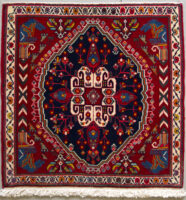
Kashgai Tæppe
tg0613962cm x 60cmkr. 2.400,- -

Kashgai tæppe
tt23366cm x 57cmkr. 2.800,- -

Kashgai tæppe
tt23463cm x 61cmkr. 1.950,- -
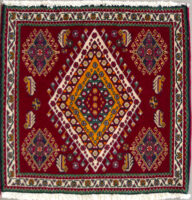
Kashgai Tæppe
tt24263cm x 62cmkr. 2.200,- -
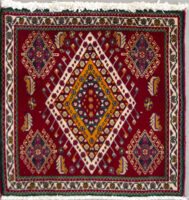
Kashgai Tæppe
tt24063cm x 64cmkr. 2.200,- -

Kashgai tæppe
tt23964cm x 63cmkr. 2.200,- -
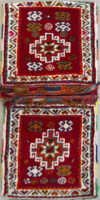
Kashgai
tk22588cm x 46cmkr. 1.250,- -

Kashgai
tk22488cm x 46cmkr. 1.450,- -
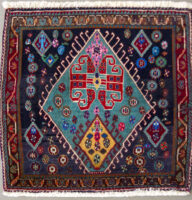
Kashgai Tæppe
tt24165cm x 64cmTilbudSale! kr. 1.540,- (-30%) -

Kashgai Tæppe
tg04788105cm x 64cmkr. 3.500,- -

Kashgai Tæppe
tg07406155cm x 84cmkr. 8.900,- -

Kashgai Tæppe
tg07411184cm x 77cmkr. 11.900,- -

Kashgai Tæppe
tg4630188cm x 77cmkr. 8.900,- -

Kashgai
tg07407201cm x 75cmkr. 12.800,- -

Kashgai Tæppe
tg07403228cm x 67cmkr. 9.800,- -

Kashgai Tæppe
10061242cm x 67cmkr. 14.900,- -

Kashgai Tæppe
tg06003159cm x 109cmSoldkr. 13.800,- -
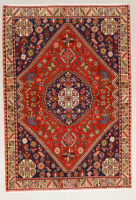
Kashgai Tæppe
tg04766158cm x 110cmkr. 6.900,- -
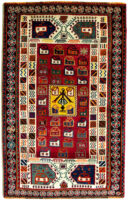
Kashgai Tæppe
tg05778175cm x 106cmkr. 7.800,- -
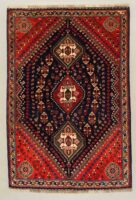
Kashgai-Tæppe
tg06005167cm x 113cmkr. 13.800,- -

Kashgai Tæppe
8634242cm x 80cmkr. 11.500,- -
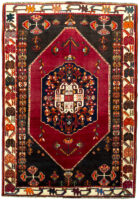
Kashgai Tæppe
tg05779168cm x 116cmkr. 6.800,-
Showing 1–30 of 39 results
Mere om Kashgai
The town of Shiraz and the Kashgai area
Shiraz, Shiras
The town of Shiraz is the capital of the Fars province. It is one of the most beautiful cities in Iran. My family and I have visited many times. On the way to the city, you drive along an avenue lined with palm trees and endless rows of blooming roses. You can be quite intoxicated by the scent of the lemon trees, which bloom in May.
Shiraz is also called the ‘city of roses’ or the ‘city of poets’. This is where two of Persia’s famous poets were born, Saadi (1210-1291) and Hafis (1325-1389). Not many carpets are being made in the town of Shiraz, but it is a gathering point for the entire area. The carpets called Shiraz on the market today are knotted rather loosely, with 8,000-14,000 knots per ft2. The wool is often flexible and lustrous. The carpets can be extremely charming and fall in the lower end of the price range. However, the good quality products can be quite expensive. They are often called Kashgai carpets or Kashkuli. In this area, natural dyes are often used, but synthetic dyes are not unheard of. The patterns usually consist of hexagons and stylised animals and flower motifs. Typical to these nomadic carpets is that many of them have a two-coloured edge stitching. In some carpets from this area, you can often find motifs from Persepolis. They may consist of the characteristic columns, with the head of a horse or bull, or some of the motifs that are part of the wall decorations at the old palace. Persepolis was destroyed by Alexander the Great in 330 BC. A number of nomadic tribes still live in the area today. On the way south to Firouz-Abad, you can encounter nomads from the Turki tribes. They speak a Turkish dialect because they originate from Turkey, having migrated out of the country in the 13th-14th century.
These Turki nomads that we met were travelling all the way from Ghir, by the Persian Gulf, heading 300-350 km north to the Baktiar area. They did not want to settle down as they loved living a free life. They move their flocks of sheep north in April-May before it gets too hot, and then they head back south in October. The sheep are sheared twice a year, and the wool is hand-spun by the women into carpet yarn.
Kashgai, Gashkai, Qashqai, Gaschgai, Ghashgai, Kashkai
There are many nomadic tribes in the area. Most people just refer to them as Kashgai nomads, but behind this common name hides a wealth of individual tribes. For example, the Kashkuli, Bulli, Turki, Darashuri, Shisbuluki, Farsimadan, Safi Khani, Gallanzans, Rahimi and Qarachihi tribes are some of the most important in the area. The women from these tribes still knot beautiful carpets. You might think that they use Turkish knots because of their Turkish heritage. But this is not the case at all. In particular, the very tightly-knotted carpets are usually made using Persian knots (the Senneh knot).
Source:
You are reading an extract from the book ‘Oriental Carpets, Knottet with Love’ by Martin Munkholm.
This extensive book about all that is carpets can be borrowed in Danish libraries or be bought following this link: https://belle-rugs.dk/se-taepper/bog-aegte-taepper-knyttet-med-kaerlighed/
The book is published by Muusmann Forlag.
For more info: http://muusmann-forlag.dk/
You can find our selection of Kashgai carpets underneath.
